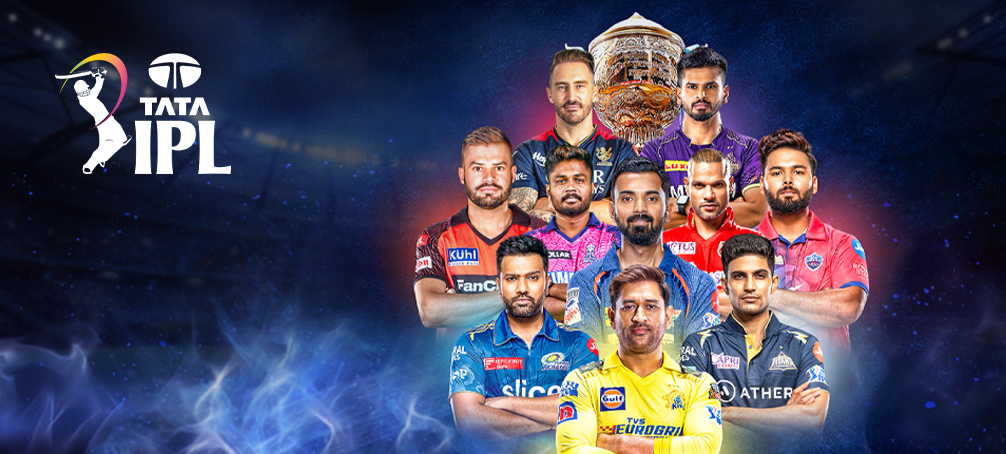विशेष रुप से प्रदर्शित वीडियो और देखें
ताजा खबर और देखें
Jasprit Bumrah (Photo Source: X) पूर्व भारतीय बल्लेबाज मोहम्मद कैफ के...
Mohammad Kaif and Jasprit Bumrah (Image Credit- Twitter X) पूर्व भारतीय क्रिकेटर मोहम्मद...
New Zealand vs South Africa, Final (Image Credit- Twitter X) जिम्बाब्वे टी20 ट्राई सीरीज 2025:...
मैच भविष्यवाणियों
 ENG W vs IND W Dream11 Prediction, 3rd ODI: England बनाम India ड्रीम11 टीम, Captain व Vice- Captain और मैच डिटेल्स
ENG W vs IND W Dream11 Prediction, 3rd ODI: England बनाम India ड्रीम11 टीम, Captain व Vice- Captain और मैच डिटेल्स
ENG W vs IND W Dream11 Prediction, 3rd ODI: भारत और इंग्लैंड की महिला क्रिकेट टीमों...
 ENG W vs IND W Dream11 Prediction, 2nd ODI: England बनाम India ड्रीम11 टीम, Captain व Vice- Captain और मैच डिटेल्स
ENG W vs IND W Dream11 Prediction, 2nd ODI: England बनाम India ड्रीम11 टीम, Captain व Vice- Captain और मैच डिटेल्स
England Women vs India Women Dream11 Prediction: भारतीय महिला क्रिकेट टीम इस समय...













































































